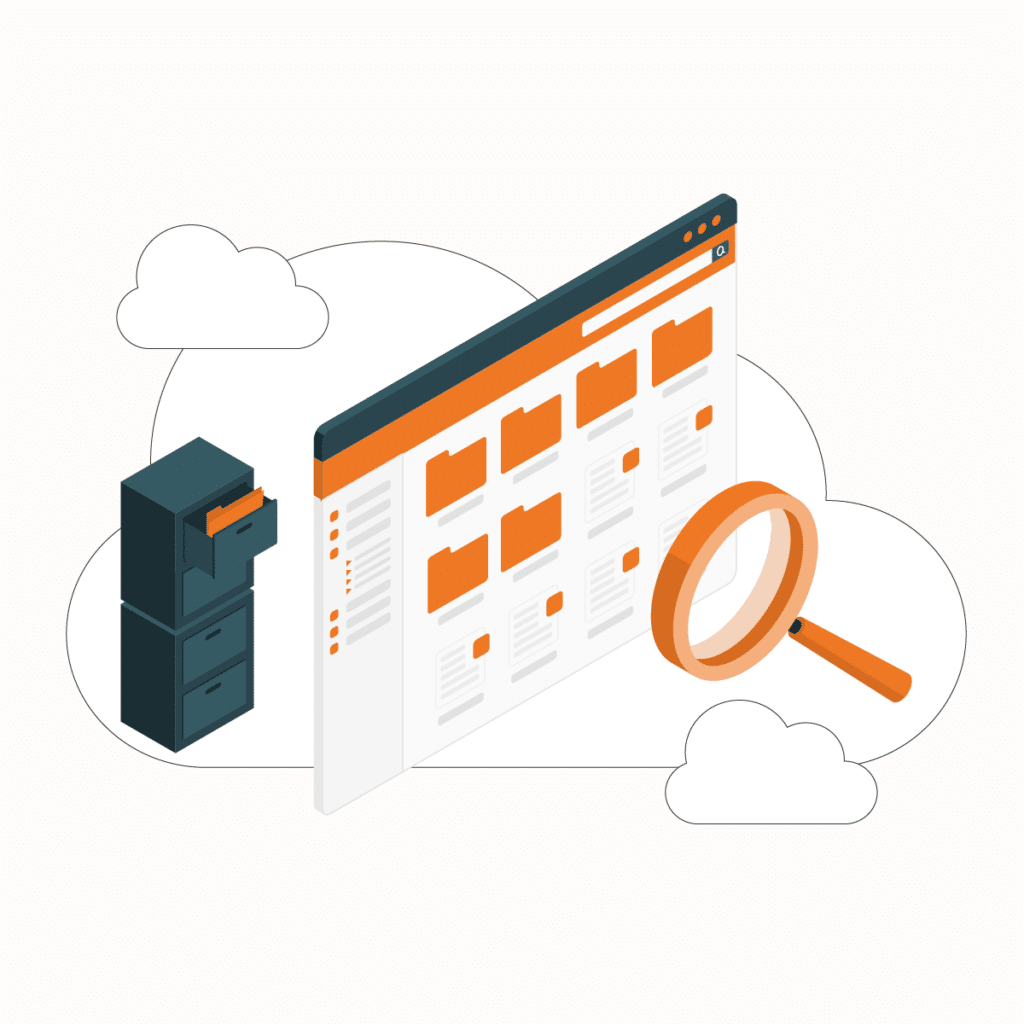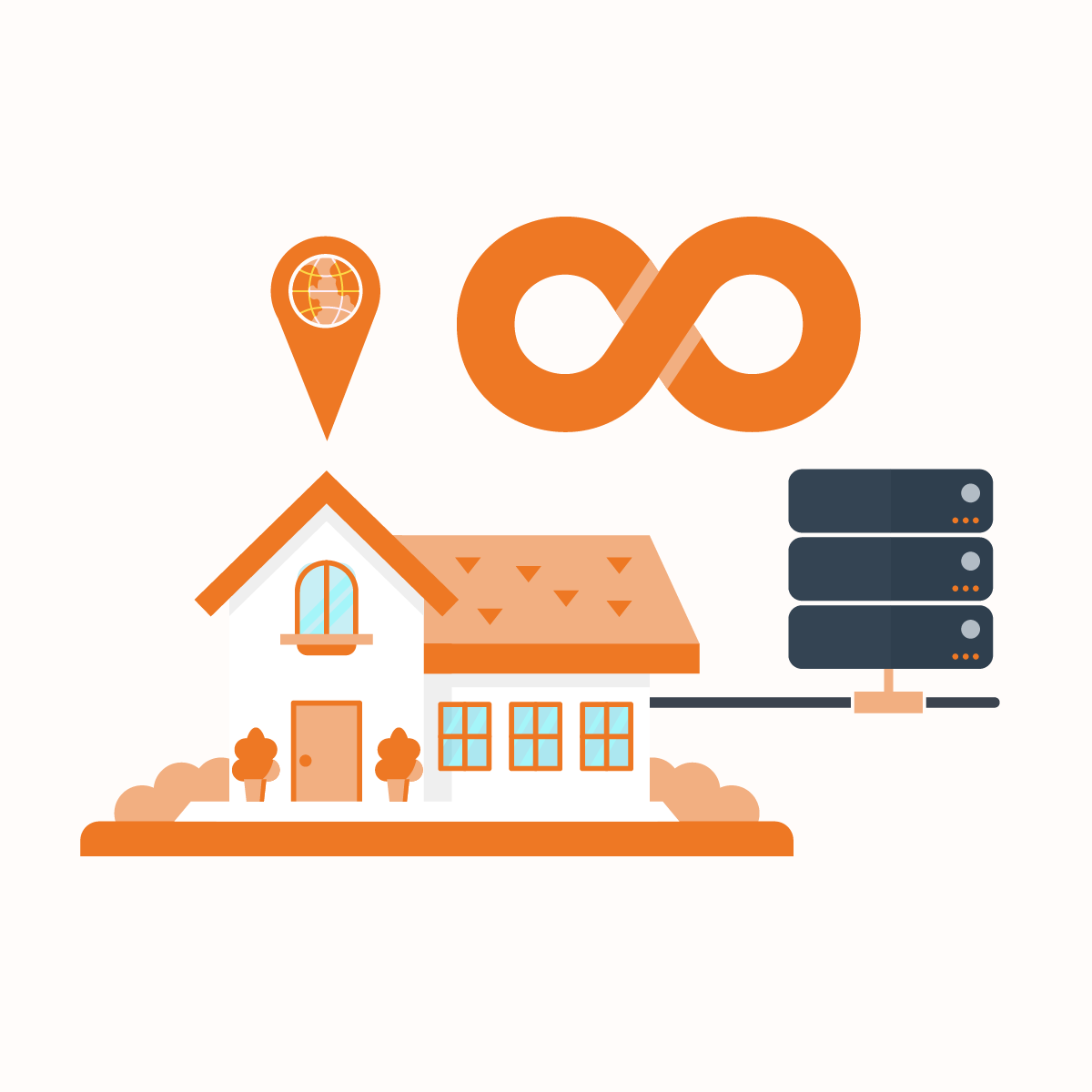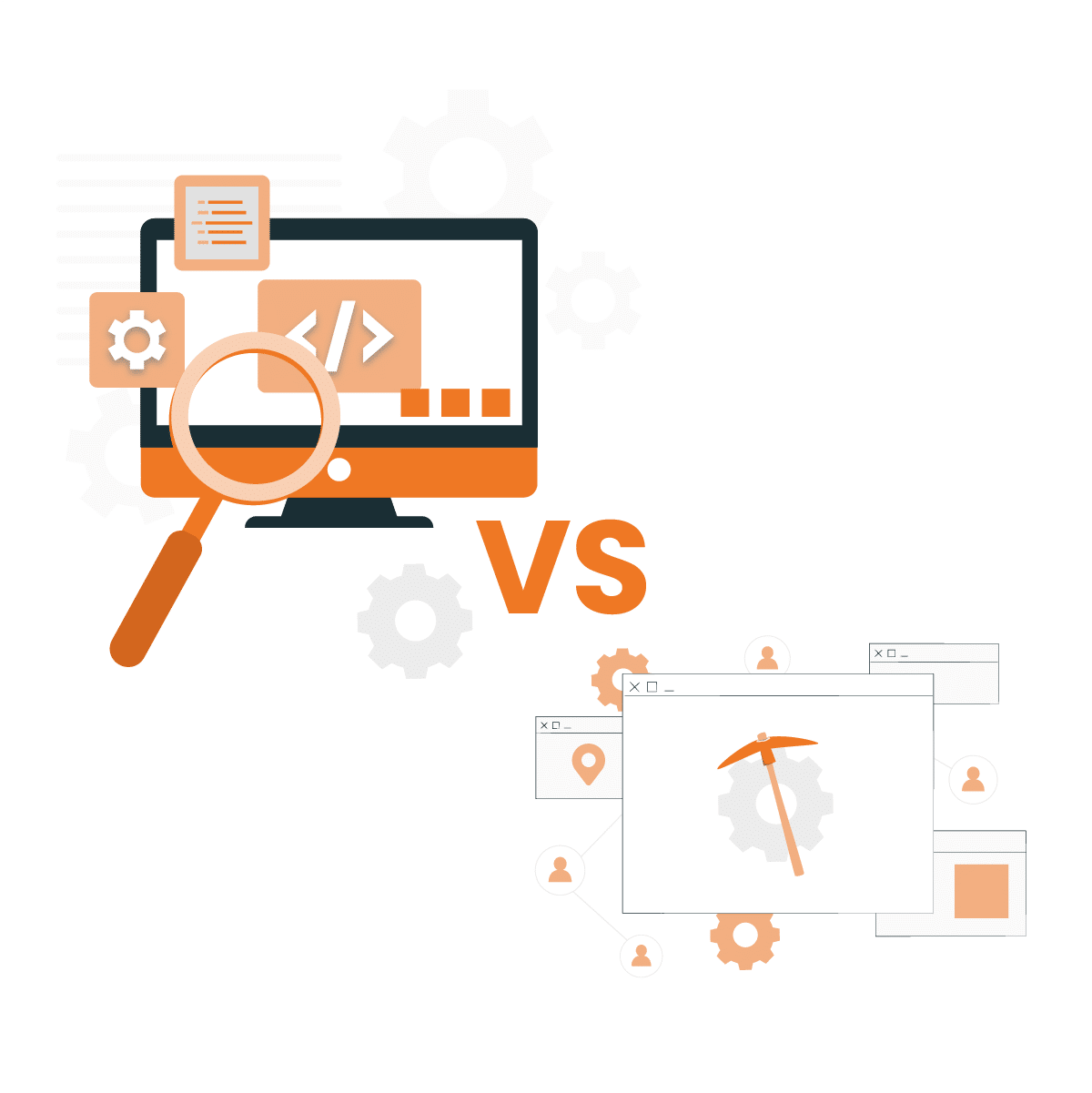Of all the public data available on the internet, only a fraction can be easily collected with the automation tools. The rest is hidden behind defense algorithms that prevent you from collecting it. In this blog post, we will discuss some of the main challenges of web scraping and offer tips for overcoming them.
Web scraping is an automated process of collecting data from websites. You can use it for a variety of purposes, including:
- market research,
- price comparison and monitoring,
- data intelligence,
- lead generation,
- review monitoring
- any other use case where collecting public data is required.
The most common blocks and their solutions
However, no company wants to reveal its data to competitors. As a result, many websites take measures to protect themselves against web scraping. By taking these precautions, websites make it more difficult for web scrapers to collect data.
Here are some helpful tips for overcoming the most common obstacles encountered when collecting data online.
Geo blocking
Restricting access to IP addresses associated with certain countries or regions is a common measure a website can take. For example, an E-commerce website that sells only to one country may not allow access from abroad, since the traffic is not relevant.
How to solve: if geo-blocking is the only protection used by a website, it won’t be a problem for your web scraping project. Use a global proxy network with a wide selection of IPs from all over the world. By doing this, you can appear to be a real user in the desired location, enabling you to access the data you need.
IP blocking
This is a more advanced protection than a simple geo-based block. If you set up an automation to collect data using a single IP, some websites can detect these actions as bot-like and your IP (or the whole IP range) can be blocked very soon.
How to solve: By implementing proxies of different kinds, for example datacenter proxies, you can hide your IP behind the intermediary proxies. For an additional layer of anonymity, you can use residential proxies that come from from real end-user homes.
IP rate limitation
A website may limit the number of requests per IP to protect itself from web scraping. For example, it can allow only 20 requests per hour per an IP. After exceeding this limit you get the error “Your IP has been temporarily rate limited due to IP reputation”.
How to solve:
- Slow down the web scraping process to match the limitation;
- Rotate proxies after the limit is reached.
CAPTCHAs
Every now and then, we have to choose photos with fire hydrants. We got used to it. But for automated software this is a considerable obstacle.
How to solve: The best thing you can do is prevent CAPTCHAs from ever appearing. You should have a private pool of residential proxies to change your IP as often as you need. Make sure to rotate the HTTP headers per each request as well.
User-agent detection
User-agent is a characteristic string that contains information regarding the parameters of the device, operating system and application used to access the website. If your user agent gives away that you are collecting data, for example, it shows an uncommon application, or a single browser and device performing many bot-like activities, your target can block you very quickly.
How to solve: Set up your data collection software to rotate user agents using strings from real browsers.
Account block (collecting data behind login)
If you need to log in in order to collect data, that creates an additional barrier. Even if you use proxies, the actions will still come from a single account, so it can be easily shut down.
How to solve: look for scrapers that allow you to input usernames and passwords to access data behind login. However, since this data is not always publicly available, you should take extra care not to violate any applicable legislation.
Deep learning-based behavior block
This is the next level of protection from data scraping employed by the most advanced websites. Its idea is to analyze the user behavior using machine learning. By creating a knowledge base of human-like behavior, these algorithms can pinpoint bots that act not like a human, and on a very short notice.
How to solve: Develop a strategy to imitate the regular user behavior and constantly improve it to be ahead of the algorithms. For example, if you need to collect pricing information, don’t make your scraper go directly to the pricing page. Instead, go to the home page first, scroll it down, and only then go to copy the prices. The rotating residential proxies are also a must in this case.
Honeypot trap
Since scrapers are still bots and not humans, they can be detected by trying to access what real users would never be interested in. For example, some of the websites include invisible links on their website that lead to nowhere. A human never clicks on them, but the bot still sees them in the source code, clicks and that’s how it’s identified.
How to solve: These links give themselves away by certain CSS properties, like “display: none” or “visibility: hidden”. A link like this is likely to be a trap, as it does not contain real data.
Source code encryption
In order to prevent scraping, some websites encrypt Javascript code.
How to solve: use scrapers that have built-in browsers, since they can access the target website itself.
What proxies to use for web scraping
Depending on how advanced your target is, and which defensive measures it takes, you can implement different kinds of proxies:
- If you need to bypass simple IP blockings, or you see that the target allows many requests per an IP range, use datacenter proxies.
- If you encounter strict protection, try combining datacenter and residential proxies, or switch completely to residential proxies, since they are sourced from real end-user devices and houses, and make you appear as a regular internet user.
- Rotating your proxies will help you bypass the most strict blocks, such as rate limitation, CAPTCHAs and user-agent detection. The frequency of rotation should depend on the requests limitation and on how developed the target is in general.
- If you want the proxies to work for the big data collection projects, you will need enough IP addresses in different locations.
The right way to collect web data
While website owners have a variety of measures to prevent web scraping, it is always possible to collect the data if you are willing to put in the effort. However, using a residential proxy network makes the process significantly easier and faster.
At NetNut, we maintain the highest standards of proxy services. NetNut leverages dynamic and ISP proxies to provide access to a unique, hybrid network for collecting data at scale. Utilize our 20M+ residential IPs and reach the highest success rates. If you’re interested in streamlining your web scraping, don’t hesitate to reach out to our sales team today for a 7-day free trial.
Still haven’t joined the fastest residential proxy network?






